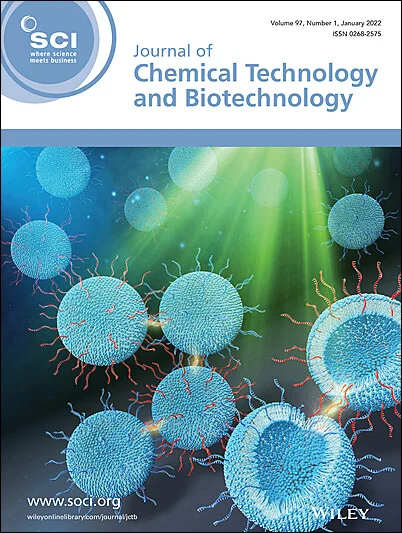A novel approach to predict effective mass transport coefficients in cell immobilization systems
Abstract
Background
Cell immobilization in fermentation processes offers operational advantages and has the potential to enhance their overall performance. However, immobilization systems are porous media where cells can form biofilms and limit the mass transport of species at different scale levels. Their correct application requires an accurate understanding and description of transport-reaction interactions, which macroscopic models can achieve. Nevertheless, one of their main uncertainties is the determination of the mass transport coefficients (e.g., effective diffusivity coefficients), which are commonly determined through empirical correlations or parametric estimation techniques. To reduce these uncertainties, a macroscopic model based on the volume averaging method helps predict immobilized particles' effective mass transport coefficients.
Results
A macroscopic model with well-defined effective medium coefficients was developed using the volume averaging method. These coefficients are predicted by solving auxiliary boundary value problems in different 2D unit cells for different biofilm configurations on the porous particle. The results show that the effective diffusivity coefficients depend on the biofilm fraction, the fluid fraction, the molecular diffusivity ratios, and the geometry of the immobilized medium. To examine the potential of this proposal, effective diffusivity coefficients of species such as xylose, glucose, oxygen, xylitol, and ethanol in calcium alginate beads with immobilized biomass were predicted and compared with the literature.
Conclusion
Overall, this approach offers a systematic and reproducible way to predict effective medium coefficients in cell immobilized systems considering a simple microstructure without using empirical correlations or experimental determinations, which find good agreement. © 2025 Society of Chemical Industry (SCI).

 求助内容:
求助内容: 应助结果提醒方式:
应助结果提醒方式:


